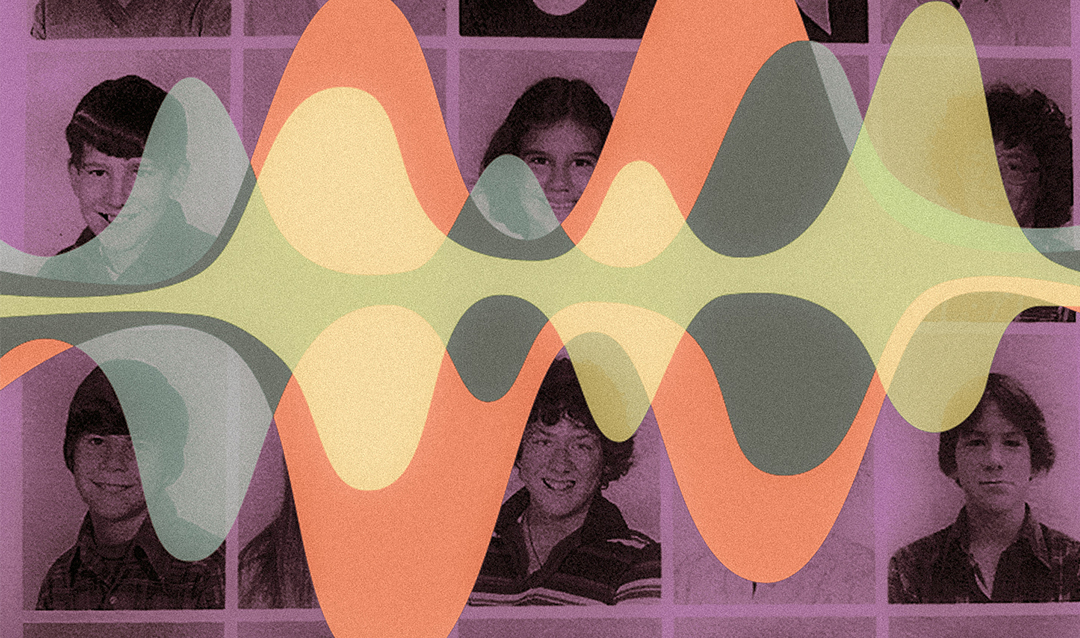When a student struggles in school due to a disability or learning difficulties, the school provides interventions to help the student. In the United States, many schools use a student’s response or lack of response to intervention to make decisions about special education evaluation—a high-stakes decision for a student, particularly if it’s not clear whether an intervention is working, says Ethan Van Norman.
“How can we give teachers actionable data to determine whether they should change the intervention or keep things the same?” asks Van Norman, an assistant professor of school psychology.
Researchers take varying approaches to measuring an intervention’s effectiveness. Applied researchers and practitioners traditionally monitor individual student improvement by examining a graph based on student performance before, during and after an intervention. Quantitative researchers use statistical techniques to conduct large-scale analyses via studies of thousands of students. Continue reading.





